By Linda Williams, DNR Forest Health Specialist, Woodruff, Linda.Williams@wisconsin.gov or 920-360-0665
Oak timberworm, Arrhenodes minutus, is a primitive weevil that can cause defects and degrade in red and white oak timber. They can also infest elm, poplar and beech. Egg-laying females will seek out trees that are damaged, wounded, nearly dead or recently dead. After the eggs hatch, the larvae bore across the grain through the tree then “U-turn” back across the grain to the point of origin, taking two or three years to complete their life cycle and creating a lumber defect called a wormhole. When infested wood is split for firewood, the weevils may emerge in homes or garages if they had already pupated when the firewood was split.
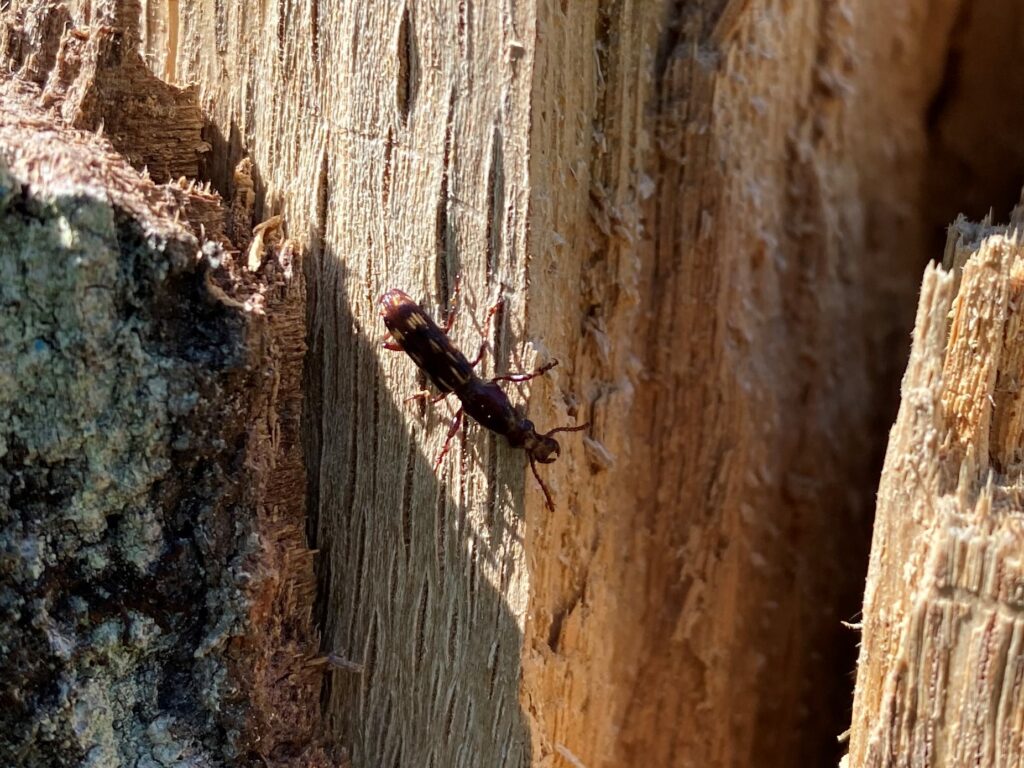
Male oak timberworm on a Northern red oak that was damaged in a storm.
Continue reading “Oak Timberworm, Not Your Average Weevil” →
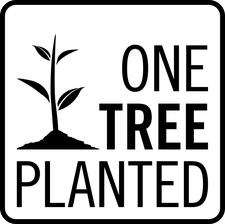 Applications are due tomorrow (Aug. 13) for grants from One Tree Planted, a non-profit organization focused on global reforestation. Selected applicants will receive $1,500 to fund tree planting and restoration events throughout September.
Applications are due tomorrow (Aug. 13) for grants from One Tree Planted, a non-profit organization focused on global reforestation. Selected applicants will receive $1,500 to fund tree planting and restoration events throughout September.
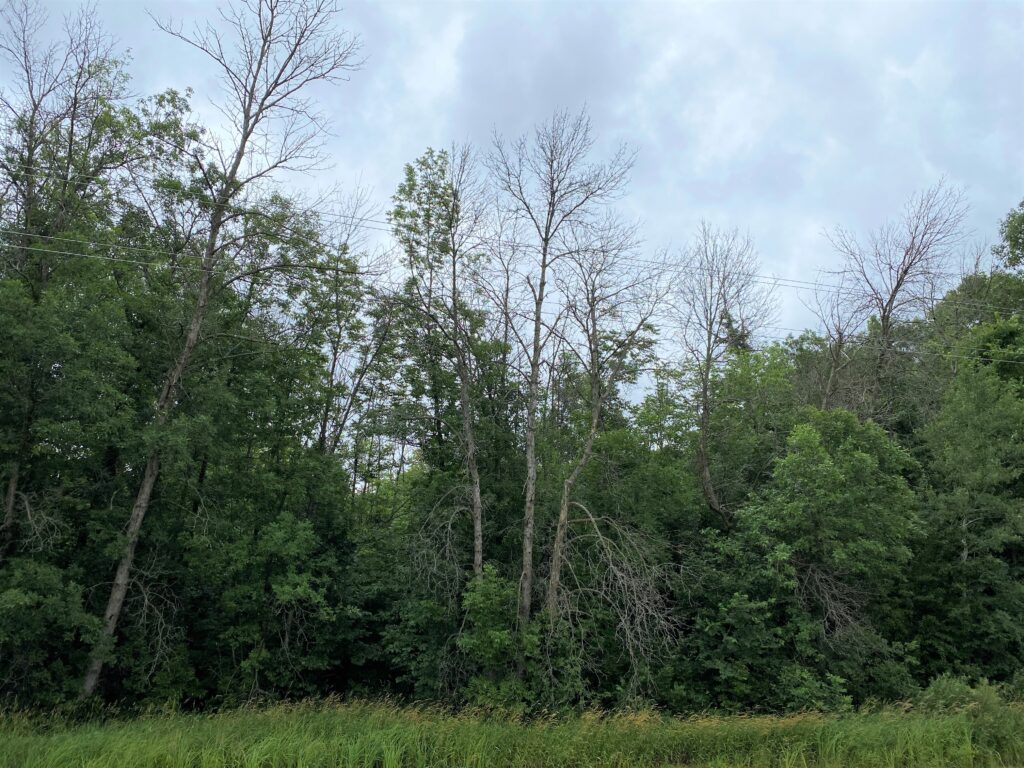
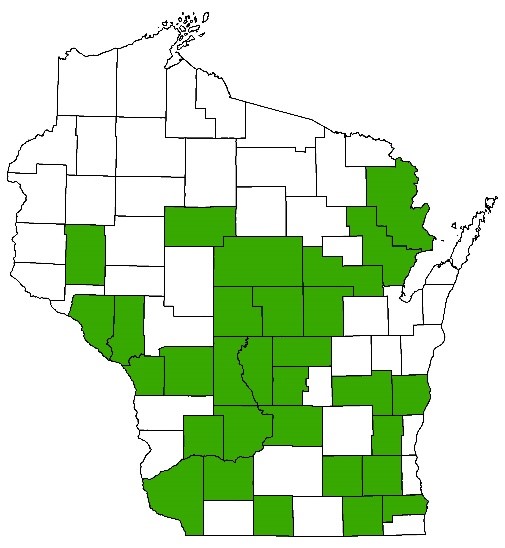
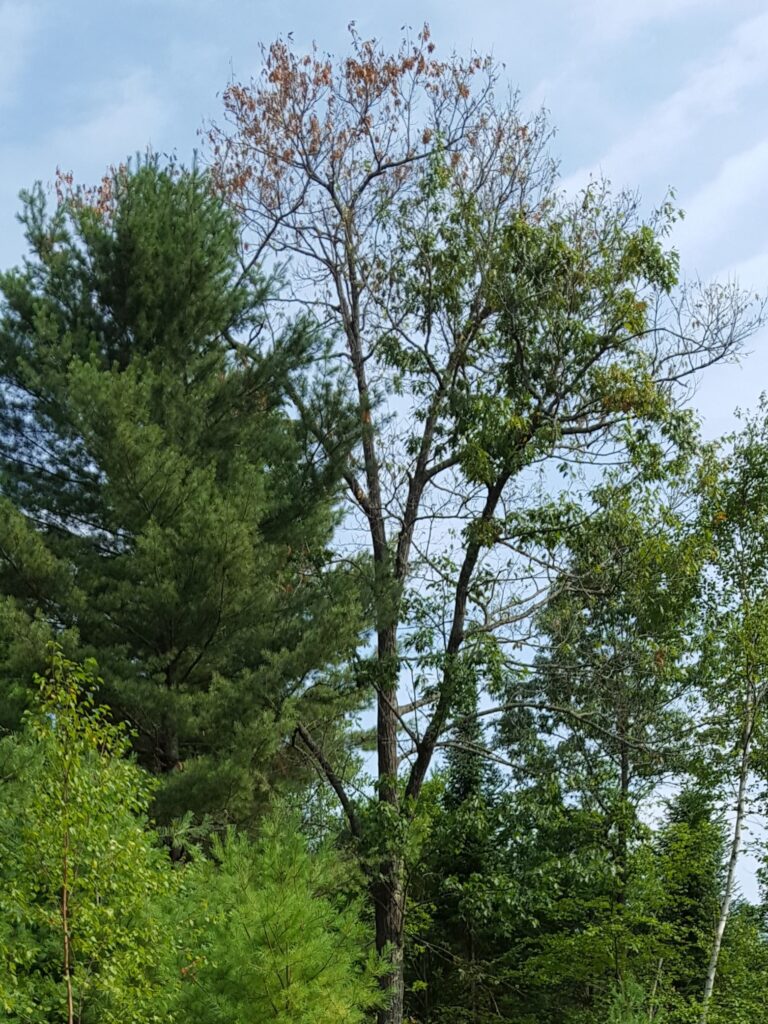

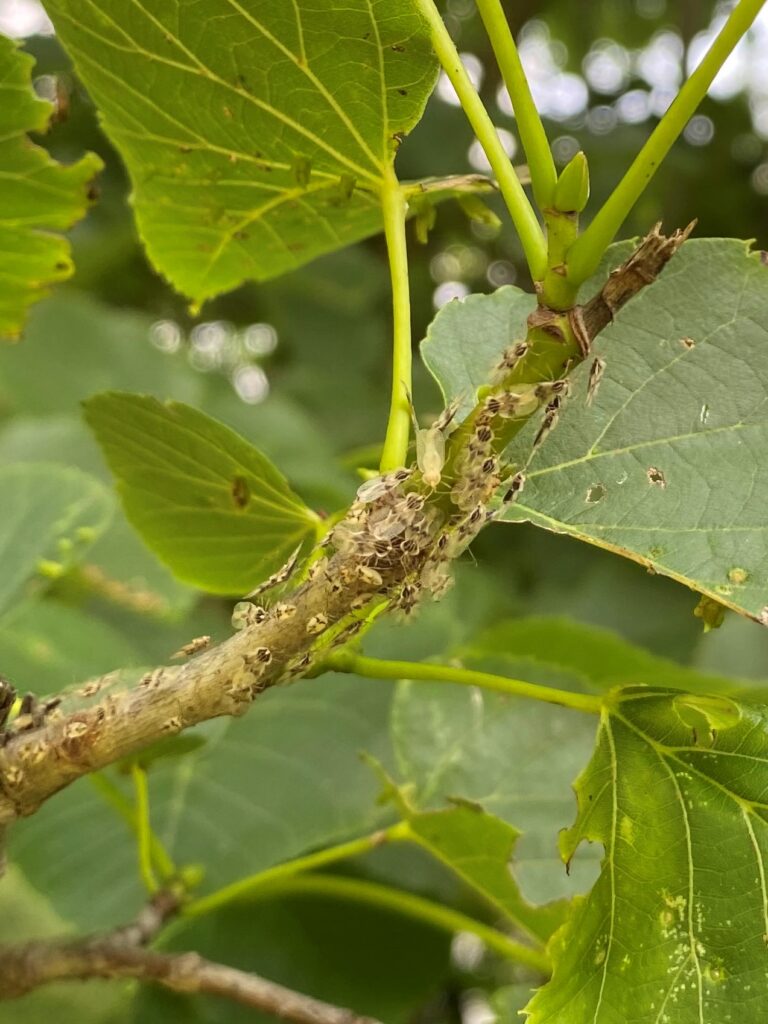
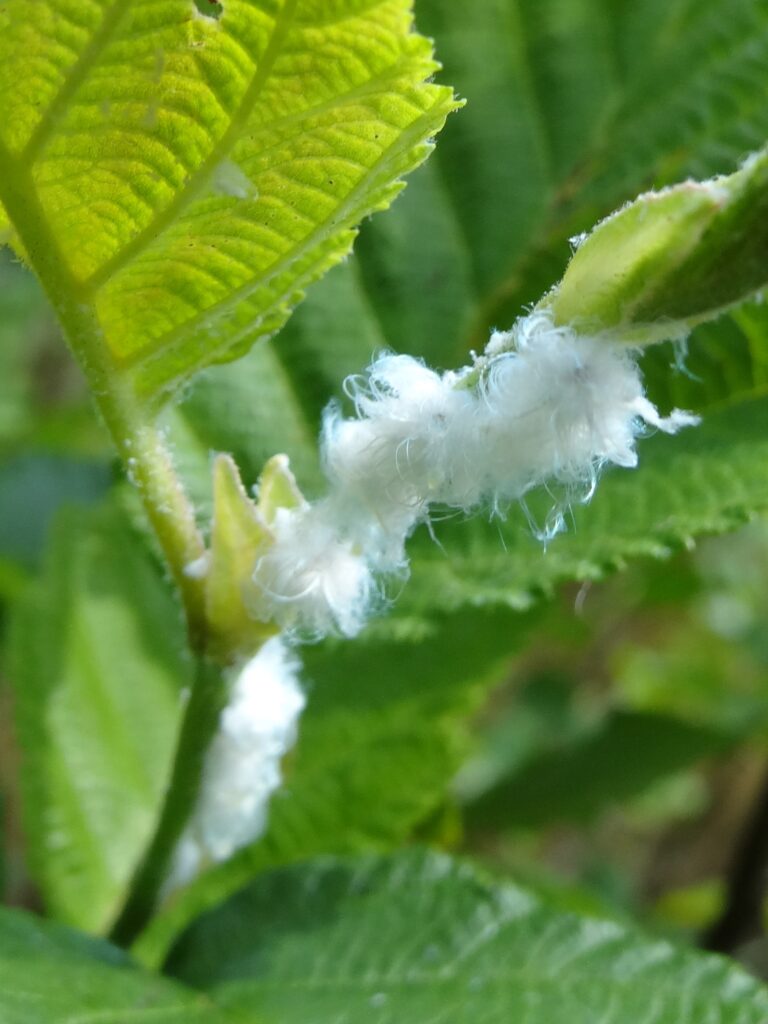
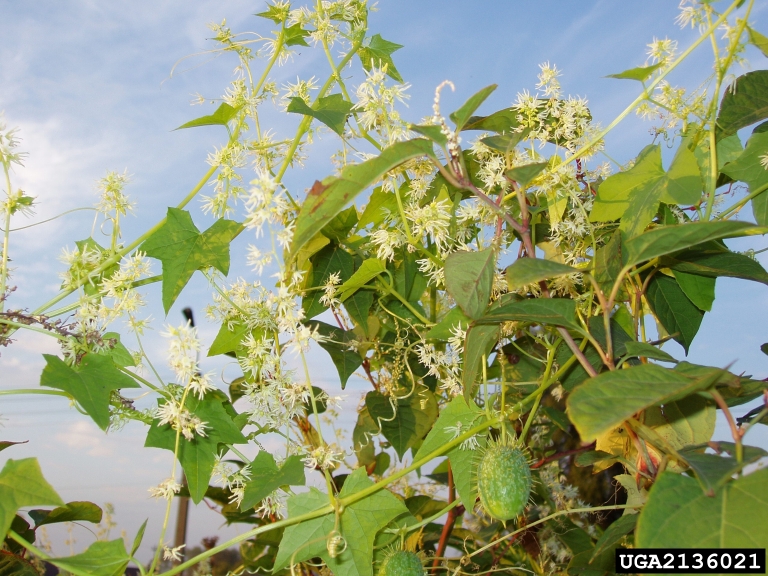
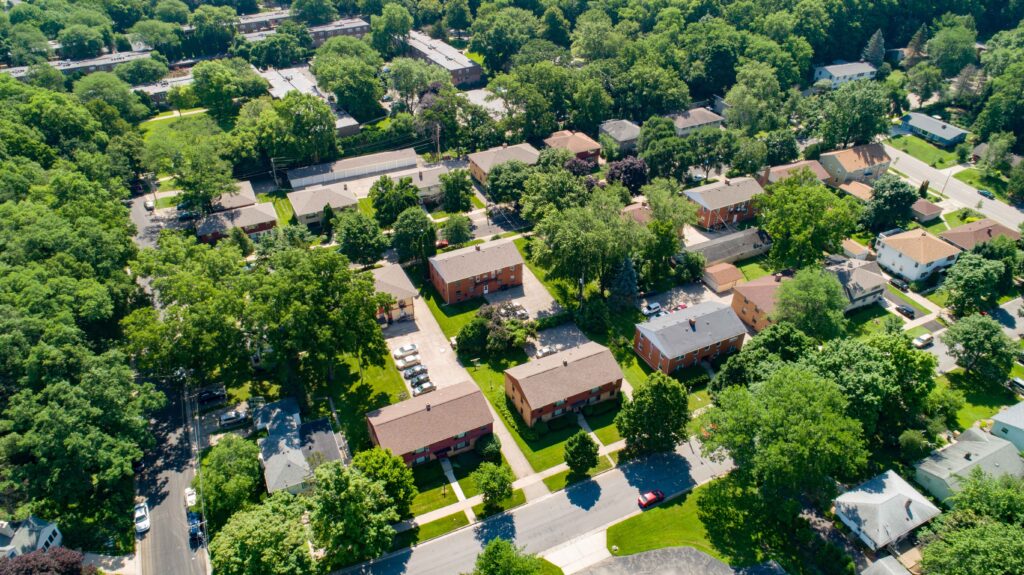 Cities, villages, towns, counties, tribes and 501(c)(3) nonprofit organizations in or conducting their project in Wisconsin are encouraged to apply for a regular or startup 2022 Department of Natural Resources Urban Forestry Grant!
Cities, villages, towns, counties, tribes and 501(c)(3) nonprofit organizations in or conducting their project in Wisconsin are encouraged to apply for a regular or startup 2022 Department of Natural Resources Urban Forestry Grant!